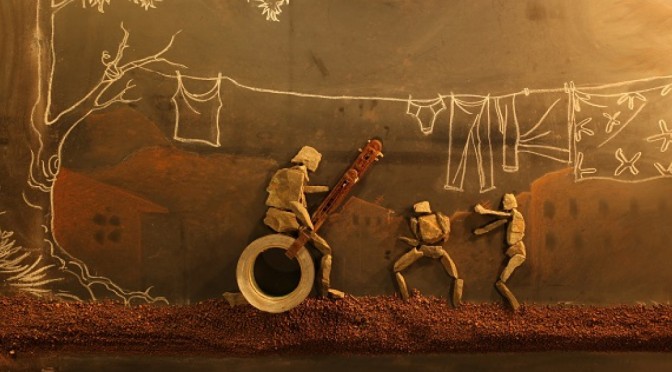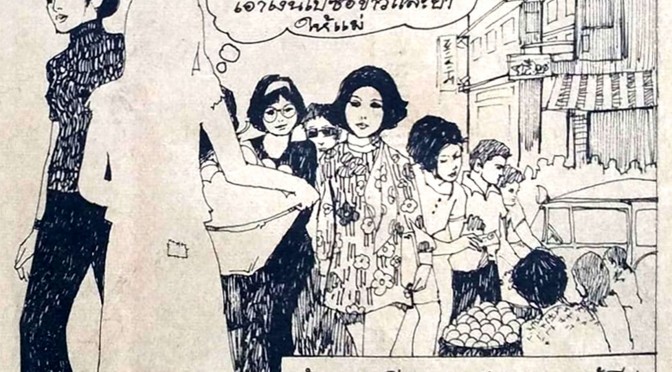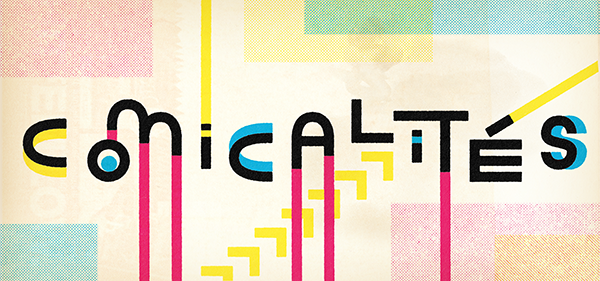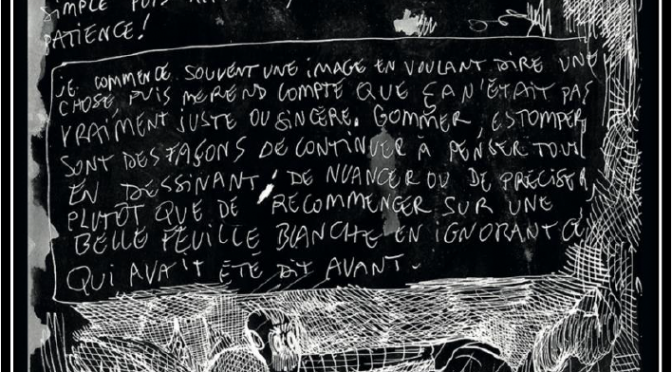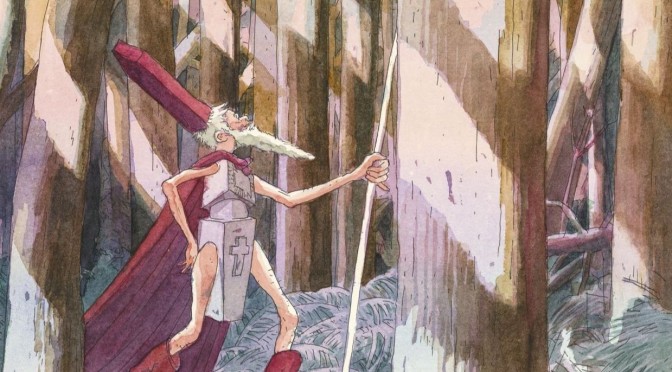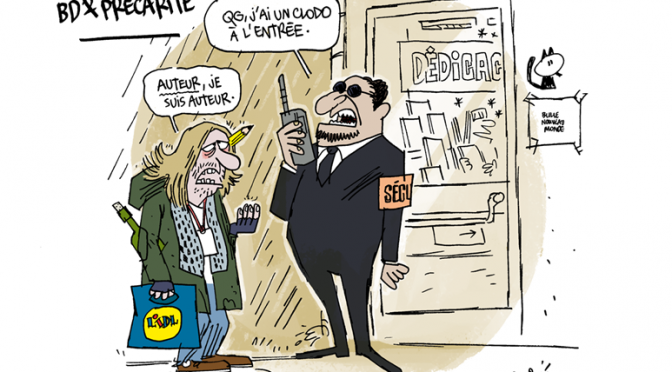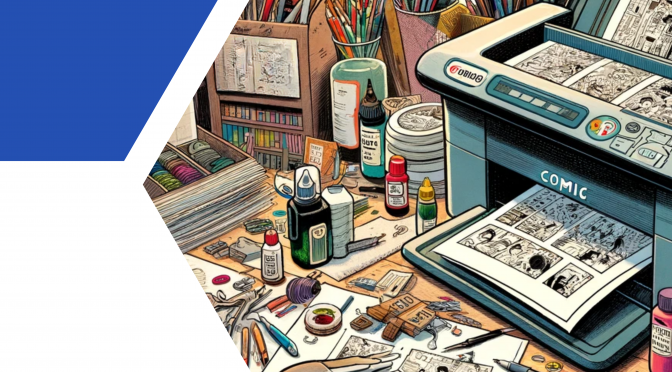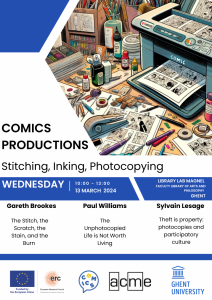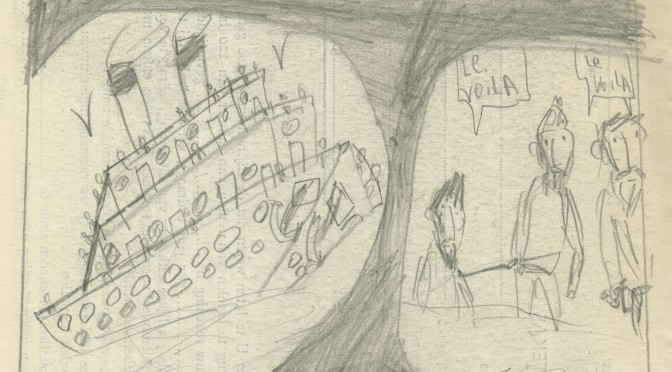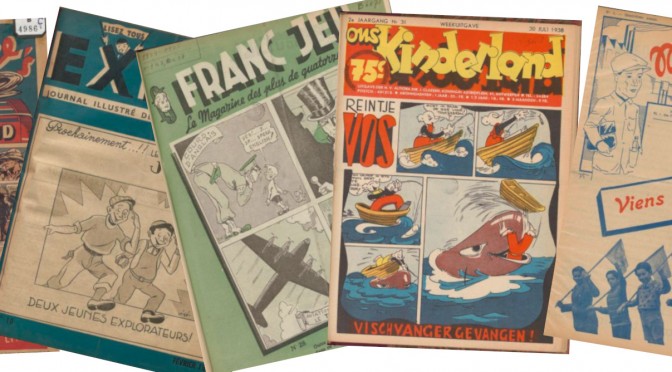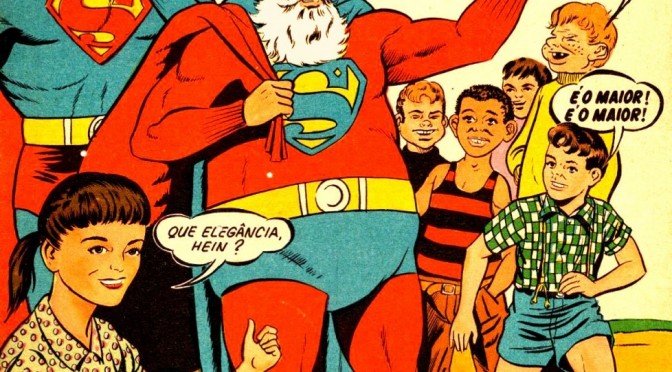Image : Machini, Frank Mukunday & Tétshim, 2022.
Alicia Lambert défendra sa thèse publiquement le jeudi 7 novembre 2024 à 16h à l’UCLouvain (Salle Oleffe ou visio-conférence). Le jury est composé de Véronique Bragard (UCLouvain, promotrice), Sabrina Parent (ULB, co-promotrice), Maaheen Ahmed (UGent), Aymar Nyenyezi Bisoka (UMons) et Jacinthe Mazzocchetti (UCLouvain, présidente).
Sa thèse s’intitule : « Cases en tensions, mémoires en dialogues : (Re)dessiner et décoloniser l’imaginaire colonial belge dans la bande dessinée (2010-2023) ».
